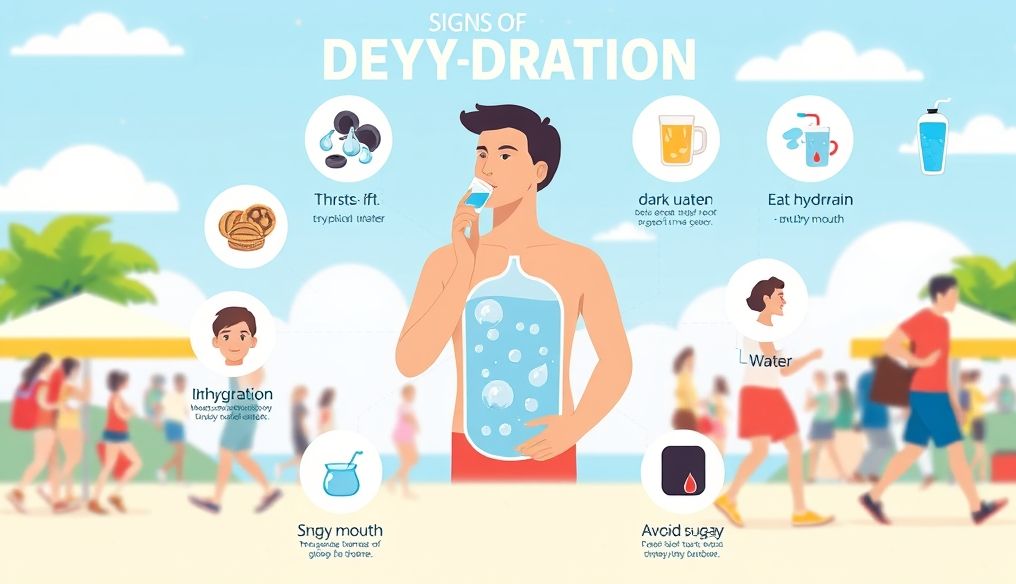What Are the Best Ways to Recover After Strenuous Exercise?
Recovery after exercise isn't just a luxury; it's a necessity to maximize the benefits of your efforts at the gym or in any physical activity. It allows your body to repair damaged tissues, replenish energy stores, and adapt to the stresses it has been subjected to. Inadequate recovery can lead to fatigue, increased risk of injury, and decreased performance.
Chapter 1: The Importance of Active Recovery
Active recovery involves performing light-intensity exercises after a strenuous workout. Unlike passive rest, active recovery helps improve blood circulation, reduce lactic acid buildup, and alleviate muscle stiffness.
Benefits of Active Recovery:
- Improves blood circulation and nutrient delivery to muscles.
- Reduces lactic acid buildup.
- Alleviates delayed-onset muscle soreness (DOMS).
- Accelerates the healing process.
Examples of Active Recovery:
- Light walking after running.
- Gentle swimming after weightlifting.
- Light stretching exercises.
- Easy cycling.
Chapter 2: Post-Exercise Nutrition: Fueling Recovery
What you eat after exercise plays a crucial role in the recovery process. Your body needs protein to repair muscle tissue, carbohydrates to replenish glycogen stores, and healthy fats to support various bodily functions.
Protein: The Building Block
Protein is essential for repairing muscle tissue damaged during exercise. Aim to consume 20-40 grams of high-quality protein after your workout.
- Good sources of protein: lean meats, poultry, fish, eggs, dairy products, legumes, and supplements (such as whey protein).
Carbohydrates: Replenishing Energy
Carbohydrates help replenish glycogen stores depleted during exercise. Choose complex carbohydrates that provide sustained energy.
- Good sources of carbohydrates: brown rice, quinoa, sweet potatoes, oats, and fruits.
Healthy Fats: Supporting Vital Functions
Healthy fats are essential for various bodily functions, including vitamin absorption and inflammation reduction.
- Good sources of healthy fats: avocados, nuts, seeds, olive oil, and fatty fish.
Examples of Post-Workout Meals:
- Grilled chicken sandwich with whole-wheat bread and avocado.
- Greek yogurt with fruits and nuts.
- Protein shake with milk and banana.
Chapter 3: Hydration: The Foundation of Recovery
Adequate hydration is essential for recovery after exercise. During exercise, you lose fluids through sweat, which can lead to dehydration and fatigue. Replacing these fluids is crucial.
Importance of Hydration:
- Regulates body temperature.
- Transports nutrients to muscles.
- Removes waste products.
- Improves physical performance.
What to Drink After Exercise?
- Water: The best choice for daily hydration.
- Sports drinks: Contain electrolytes that help restore the body's salt balance.
- Natural fruit juices: Provide fluids, vitamins, and minerals.
How Much to Drink?
Drink enough fluids to compensate for what you lost during exercise. Monitor the color of your urine; it should be light yellow.
Chapter 4: Sleep: Repair and Rejuvenation
Sleep is the time when your body repairs damaged tissues and replenishes energy stores. Getting enough sleep (7-9 hours) is essential for optimal recovery.
Benefits of Sleep for Recovery:
- Repairs muscle tissue.
- Replenishes glycogen stores.
- Regulates hormones.
- Improves mood and focus.
Tips to Improve Sleep Quality:
- Maintain a regular sleep schedule.
- Create a comfortable sleep environment (cool, dark, and quiet).
- Avoid caffeine and alcohol before bed.
- Practice relaxation techniques (such as meditation).
Chapter 5: Massage: Relieving Tension and Boosting Circulation
Massage can help relieve muscle tension, improve blood circulation, and reduce pain. Self-massage (using foam rollers) or professional massage can be beneficial.
Benefits of Massage:
- Relieves muscle tension.
- Improves blood circulation.
- Reduces pain.
- Accelerates the healing process.
Types of Massage:
- Swedish massage: Gentle massage aimed at relaxation.
- Deep tissue massage: More powerful massage targeting deep muscles.
- Sports massage: Designed specifically for athletes.
Chapter 6: Stretching: Improving Flexibility and Reducing Injury Risk
Regular stretching can help improve flexibility and reduce the risk of injury. Stretch after exercise or on rest days.
Types of Stretching:
- Static stretching: Holding a stretch position for 15-30 seconds.
- Dynamic stretching: Moving stretching exercises.
- Ballistic stretching: Fast and powerful stretching movements (should be avoided by beginners).
Examples of Stretching Exercises:
- Hamstring stretch.
- Quadriceps stretch.
- Calf stretch.
- Back stretch.
Chapter 7: Cold and Hot Compresses: Reducing Inflammation and Relieving Pain
Cold and hot compresses can be used to reduce inflammation and relieve pain. Cold compresses are useful in the first few hours after exercise to reduce inflammation. Hot compresses are useful for relieving muscle stiffness.
When to Use Cold Compresses?
- In the first few hours after exercise.
- To reduce inflammation.
- To relieve acute pain.
When to Use Hot Compresses?
- To relieve muscle stiffness.
- To improve blood circulation.
- To relieve chronic pain.
Chapter 8: Dietary Supplements: Additional Support for Recovery
Some dietary supplements can help support the recovery process, but they should be used with caution and consult a doctor or nutritionist before starting any supplement.
Examples of Beneficial Dietary Supplements:
- Whey protein: Provides the protein needed to repair muscle tissue.
- Creatine: Improves physical performance and increases muscle mass.
- Omega-3 fatty acids: Reduce inflammation and improve heart health.
- Vitamin D: Supports bone and muscle health.
Chapter 9: Listening to Your Body: A Sign of Success
The most important aspect of recovery is listening to your body. Don't ignore pain or fatigue. Take rest days when needed, and adjust your exercise program as needed.
Signs That You Need Rest:
- Persistent pain.
- Severe fatigue.
- Decreased performance.
- Difficulty sleeping.
- Mood changes.
Recovery after exercise is an ongoing process that requires planning and commitment. By following these tips, you can improve the healing process, reduce the risk of injury, and achieve your athletic goals.




